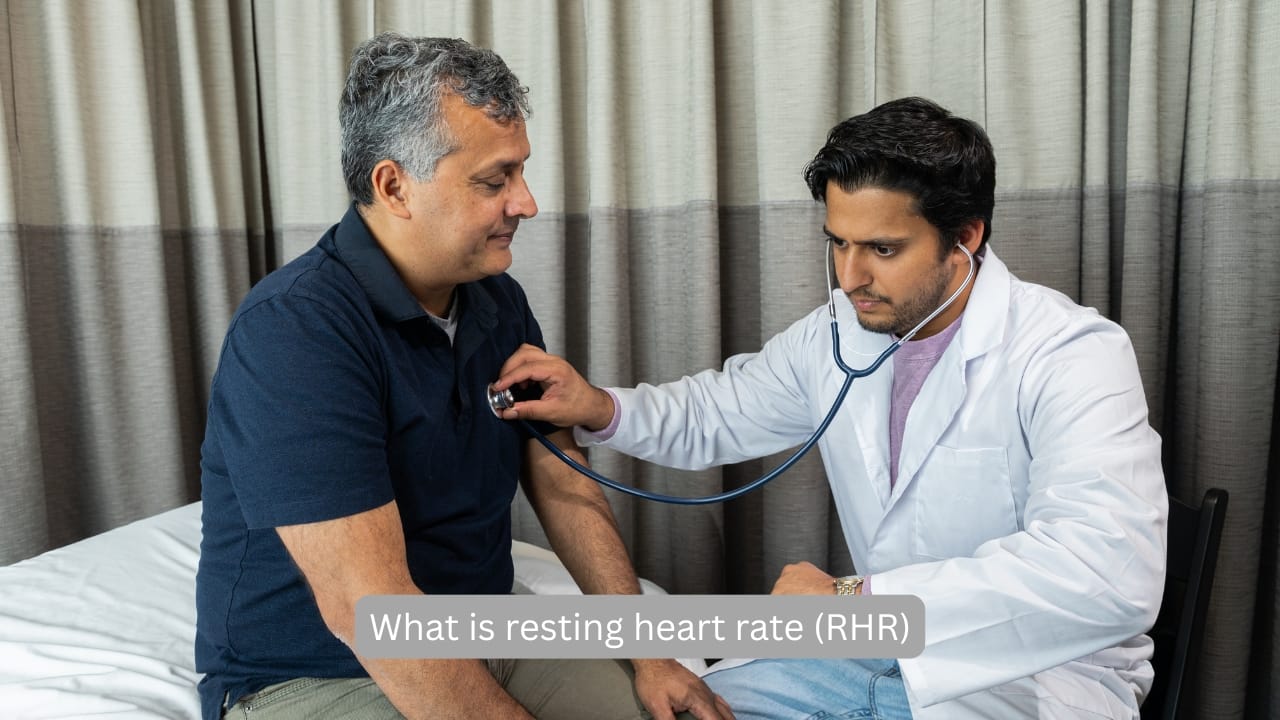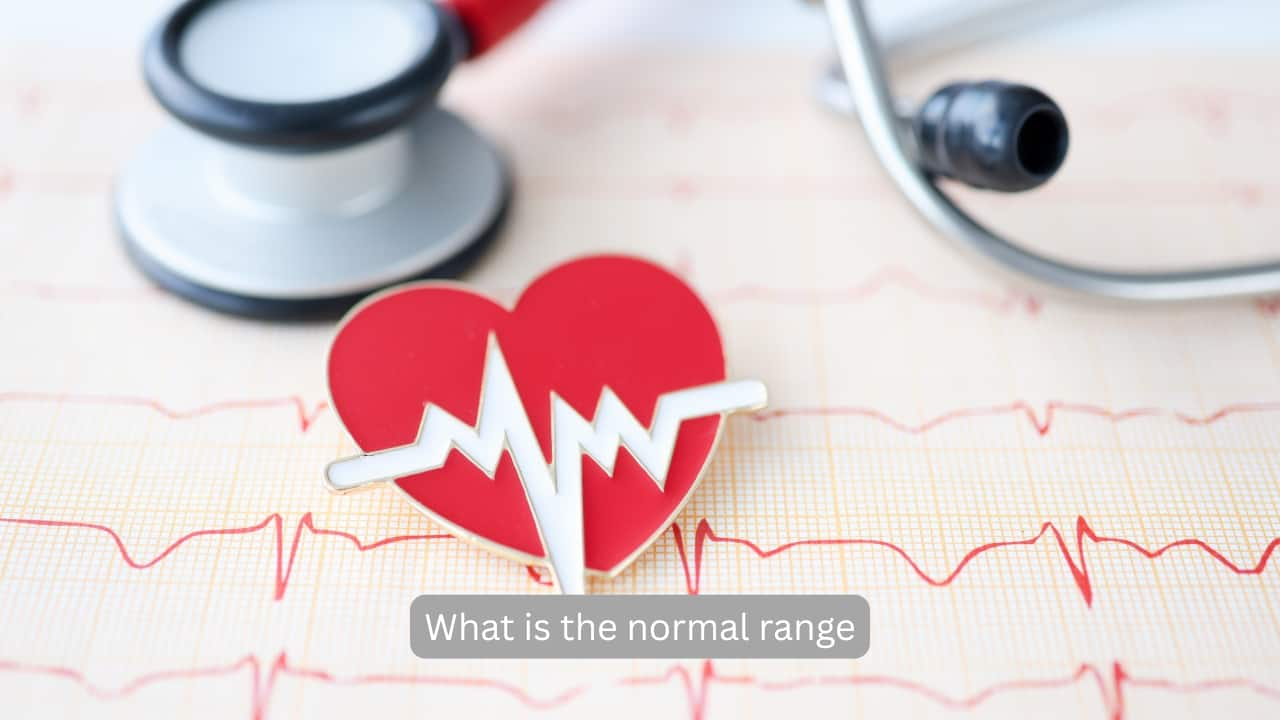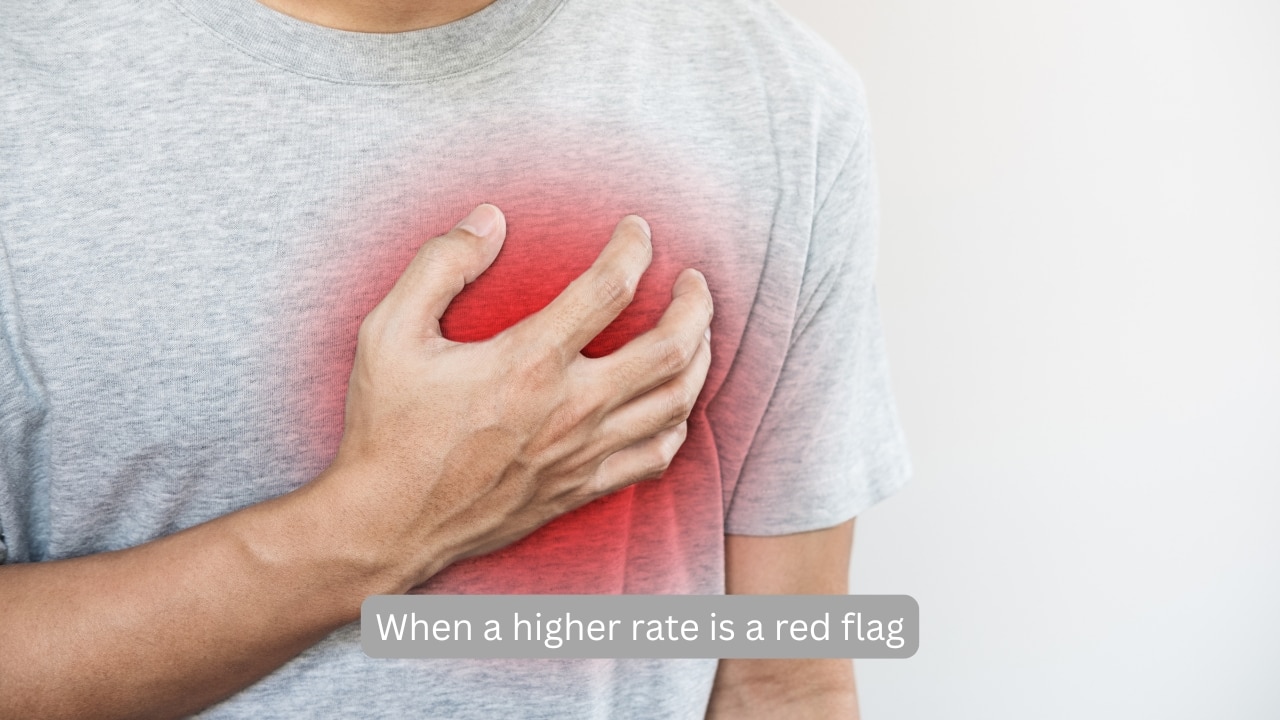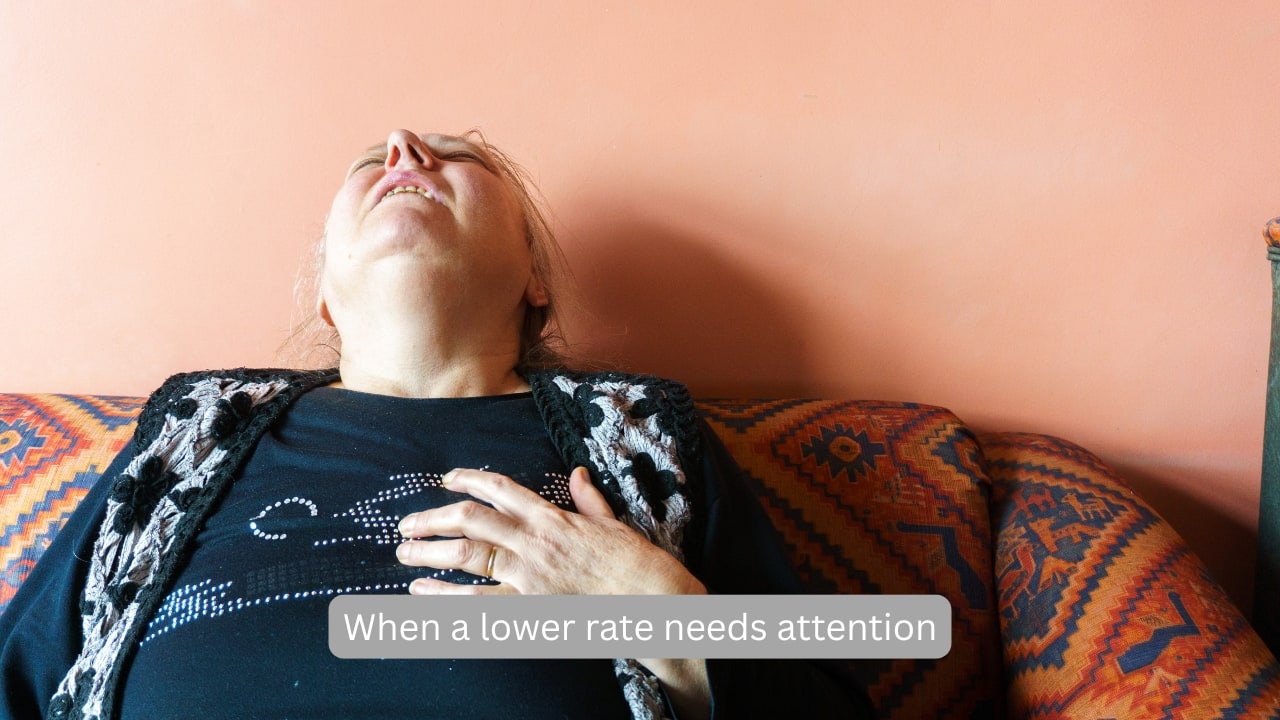What your resting heart rate says about your health
A healthy resting heart rate is more than just a number—it’s a vital indicator of your heart and overall fitness. Here’s a clear guide.
1/10

What is Resting Heart Rate
Your resting heart rate (RHR) is calculated by the number of heartbeats recorded in a minute while the body is in a peaceful state. It can also be described as resting pulse or baseline pulse—the tempo that the heart keeps while a person is not exercising or is not strained in any form. Resting heart rate is the simplest and most trustworthy indicator of cardiovascular health. (Image: Canva)
Your resting heart rate (RHR) is calculated by the number of heartbeats recorded in a minute while the body is in a peaceful state. It can also be described as resting pulse or baseline pulse—the tempo that the heart keeps while a person is not exercising or is not strained in any form. Resting heart rate is the simplest and most trustworthy indicator of cardiovascular health. (Image: Canva)
2/10

What is the Normal Range
For most adults, with an age greater than 18 years, a resting heart rate should be between 60 to 100 beats per minute (bpm). The heart rate falling within this range indicates that the heart is functioning properly. Having a heart rate closer to the lower end of the range usually indicates greater cardiovascular fitness. (Image: Canva)
For most adults, with an age greater than 18 years, a resting heart rate should be between 60 to 100 beats per minute (bpm). The heart rate falling within this range indicates that the heart is functioning properly. Having a heart rate closer to the lower end of the range usually indicates greater cardiovascular fitness. (Image: Canva)
3/10

Why Athletes Have Lower Rates
Well-trained athletes tend to have a resting heart rate of 40-50 bpm. This is a sign of fitness. Athletes’ cardiac muscles tend to be very strong and efficient. As a result, they require fewer beats to pump the same amount of blood to the rest of the body. (Image: Canva)
Well-trained athletes tend to have a resting heart rate of 40-50 bpm. This is a sign of fitness. Athletes’ cardiac muscles tend to be very strong and efficient. As a result, they require fewer beats to pump the same amount of blood to the rest of the body. (Image: Canva)
4/10

What Factors Influence Your Pulse
Your age, caffeine, fitness, medications, and emotions affect the heart rate. For example, the resting heart rate can increase temporarily after a sleepless night or after undergoing stress. (Image: Canva)
Your age, caffeine, fitness, medications, and emotions affect the heart rate. For example, the resting heart rate can increase temporarily after a sleepless night or after undergoing stress. (Image: Canva)
5/10

When a Higher Rate is a Red Flag
If your resting heart rate is above 100 bpm, it is an indication of the heart rate being too high. This can be an indication of anxiety disorders, heart disease, or even thyroid and dehydration problems. It is always recommended to deal with such an elevation with a professional. (Image: Canva)
If your resting heart rate is above 100 bpm, it is an indication of the heart rate being too high. This can be an indication of anxiety disorders, heart disease, or even thyroid and dehydration problems. It is always recommended to deal with such an elevation with a professional. (Image: Canva)
6/10

When a Lower Rate Needs Attention
An athlete can have a resting heart rate of under 60 bpm without encountering problems. Non-athletes, on the other hand, can experience bradycardia (slow heart rate), which can point to heart rhythm disorders or even the slowdown of the heart due to medicines. Medical attention should be sought if one experiences dizziness, light-headedness, or extreme fatigue. (Image: Canva)
An athlete can have a resting heart rate of under 60 bpm without encountering problems. Non-athletes, on the other hand, can experience bradycardia (slow heart rate), which can point to heart rhythm disorders or even the slowdown of the heart due to medicines. Medical attention should be sought if one experiences dizziness, light-headedness, or extreme fatigue. (Image: Canva)
7/10

When is the Best Time to Measure
The most precise measurement is from the moment you wake up, before you even step out of bed. At this moment, your body is fully rested, and the number you see illustrates your cardiovascular health baseline more clearly. (Image: Canva)
The most precise measurement is from the moment you wake up, before you even step out of bed. At this moment, your body is fully rested, and the number you see illustrates your cardiovascular health baseline more clearly. (Image: Canva)
8/10

Why It Matters for Health
Your resting heart rate could act as your daily health check. A steadily increasing heart rate could be indicative of stress, fatigue, dehydration, or illness—sometimes well before you experience any other signs and symptoms. Looking at it over time enables you to see how your body changes as a result of your lifestyle. (Image: Canva)
Your resting heart rate could act as your daily health check. A steadily increasing heart rate could be indicative of stress, fatigue, dehydration, or illness—sometimes well before you experience any other signs and symptoms. Looking at it over time enables you to see how your body changes as a result of your lifestyle. (Image: Canva)
9/10

How to Improve It
The good news is that your resting heart rate can be improved without medications. Exercise, adequate hydration, relaxation, and sleep all contribute to better heart functioning. With time, these practices improve your baseline rate, indicating improved fitness and a lower risk of health complications. (Image: Canva)
The good news is that your resting heart rate can be improved without medications. Exercise, adequate hydration, relaxation, and sleep all contribute to better heart functioning. With time, these practices improve your baseline rate, indicating improved fitness and a lower risk of health complications. (Image: Canva)
10/10

Why You Need to Monitor It
Your resting heart rate is more than a number—it’s a silent messenger of your overall health. By keeping an eye on it, you can track progress, detect early health concerns, and make lifestyle adjustments that strengthen both your heart and body. (Image: Canva)
Your resting heart rate is more than a number—it’s a silent messenger of your overall health. By keeping an eye on it, you can track progress, detect early health concerns, and make lifestyle adjustments that strengthen both your heart and body. (Image: Canva)
Discover the latest Business News, Budget 2025 News, Sensex, and Nifty updates. Obtain Personal Finance insights, tax queries, and expert opinions on Moneycontrol or download the Moneycontrol App to stay updated!






